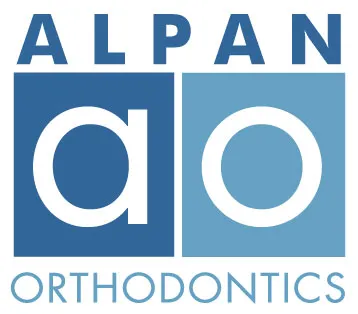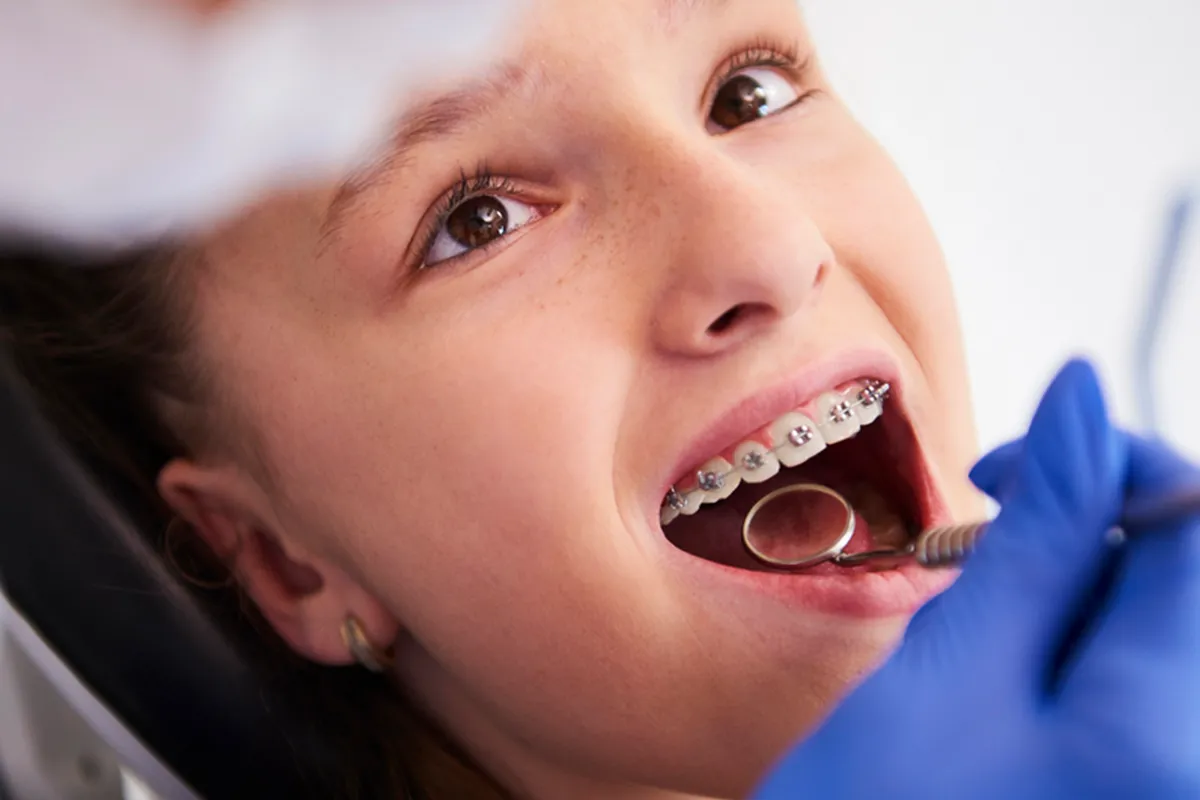 Dental plaque is always a threat, but when you wear braces, controlling the nuisance takes on a new importance. As the source of most dental health issues, plaque is created by masses of bacteria that, while native to your oral cavity, can pose a serious threat when allowed to grow out of control. Typically, a few moments spent brushing and flossing your teeth at least twice a day is your main defense against plaque. However, if you’re undergoing orthodontic treatment, then you must take special care to clean bacterial plaque from between the brackets, wires, and your teeth. Today, your Los Angeles orthodontist, Dr. David Alpan, takes a close look at why plaque is dangerous, and offers advice for maintaining effective dental hygiene while wearing braces.
Dental plaque is always a threat, but when you wear braces, controlling the nuisance takes on a new importance. As the source of most dental health issues, plaque is created by masses of bacteria that, while native to your oral cavity, can pose a serious threat when allowed to grow out of control. Typically, a few moments spent brushing and flossing your teeth at least twice a day is your main defense against plaque. However, if you’re undergoing orthodontic treatment, then you must take special care to clean bacterial plaque from between the brackets, wires, and your teeth. Today, your Los Angeles orthodontist, Dr. David Alpan, takes a close look at why plaque is dangerous, and offers advice for maintaining effective dental hygiene while wearing braces.
Big Problems in Small Packages
Tooth decay, gum disease, chronic bad breath, and other oral health complications often result from oral bacteria’s biological processes. For instance, some mouth germs turn sugar into acid through metabolization, and the acid depletes the enamel around your teeth, leaving them vulnerable to tooth decay-causing bacteria. Other germs can incite inflammation in your gums and cause them to pull away from your teeth, leading to gum disease and possible tooth loss. When allowed to gather in force, these microbes form plaque to protect them from your mouth’s natural defenses, like saliva.
Dental Plaque and Braces
During the course of your orthodontic treatment, ensuring your smile’s continued good health is essential to your treatment’s success. To increase your hygiene’s effectiveness;
- Use a soft-bristled toothbrush to lightly brush every surface of every tooth. Scrubbing too harshly can strip your teeth of enamel, leaving them vulnerable bacterial infection and decay.
- Avoid sugary snacks. Sugar and other carbohydrates fuel bacteria’s acid production; depriving them of this fuel reduces your teeth’s exposure to damaging acid and improves the effectiveness of your dental hygiene.
- Brush and floss your teeth and braces after every meal, ensuring that no food debris is left behind. Also, carefully inspect your teeth after every brushing for traces of plaque. If any, then rinse your toothbrush and use it to gently brush away the sticky substance.
- Diligently attend your routine dental exams and cleanings, as well as your regular orthodontic appointments. Professional cleanings are necessary to remove plaque’s more stubborn form, tartar, which develops when plaque remains on your teeth for more than 48 hours.
Seek the Expertise of Your Los Angeles Orthodontist
For more information and tips on proper care for your braces, or to learn more about dental plaque and the tenets of good dental hygiene, schedule an appointment by calling our Los Angeles office at 213-513-7559 today for a free initial consultation. For your convenience, we have an office in Los Angeles, and Century City. We proudly serve patients across all surrounding communities.



